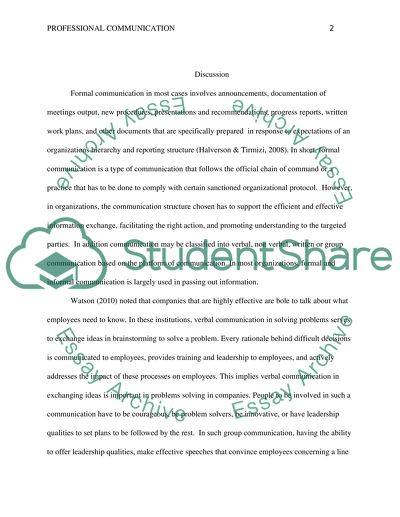Cite this document
(“Professional communication Assignment Example | Topics and Well Written Essays - 1000 words”, n.d.)
Retrieved from https://studentshare.org/health-sciences-medicine/1593019-professional-communication
Retrieved from https://studentshare.org/health-sciences-medicine/1593019-professional-communication
(Professional Communication Assignment Example | Topics and Well Written Essays - 1000 Words)
https://studentshare.org/health-sciences-medicine/1593019-professional-communication.
https://studentshare.org/health-sciences-medicine/1593019-professional-communication.
“Professional Communication Assignment Example | Topics and Well Written Essays - 1000 Words”, n.d. https://studentshare.org/health-sciences-medicine/1593019-professional-communication.


